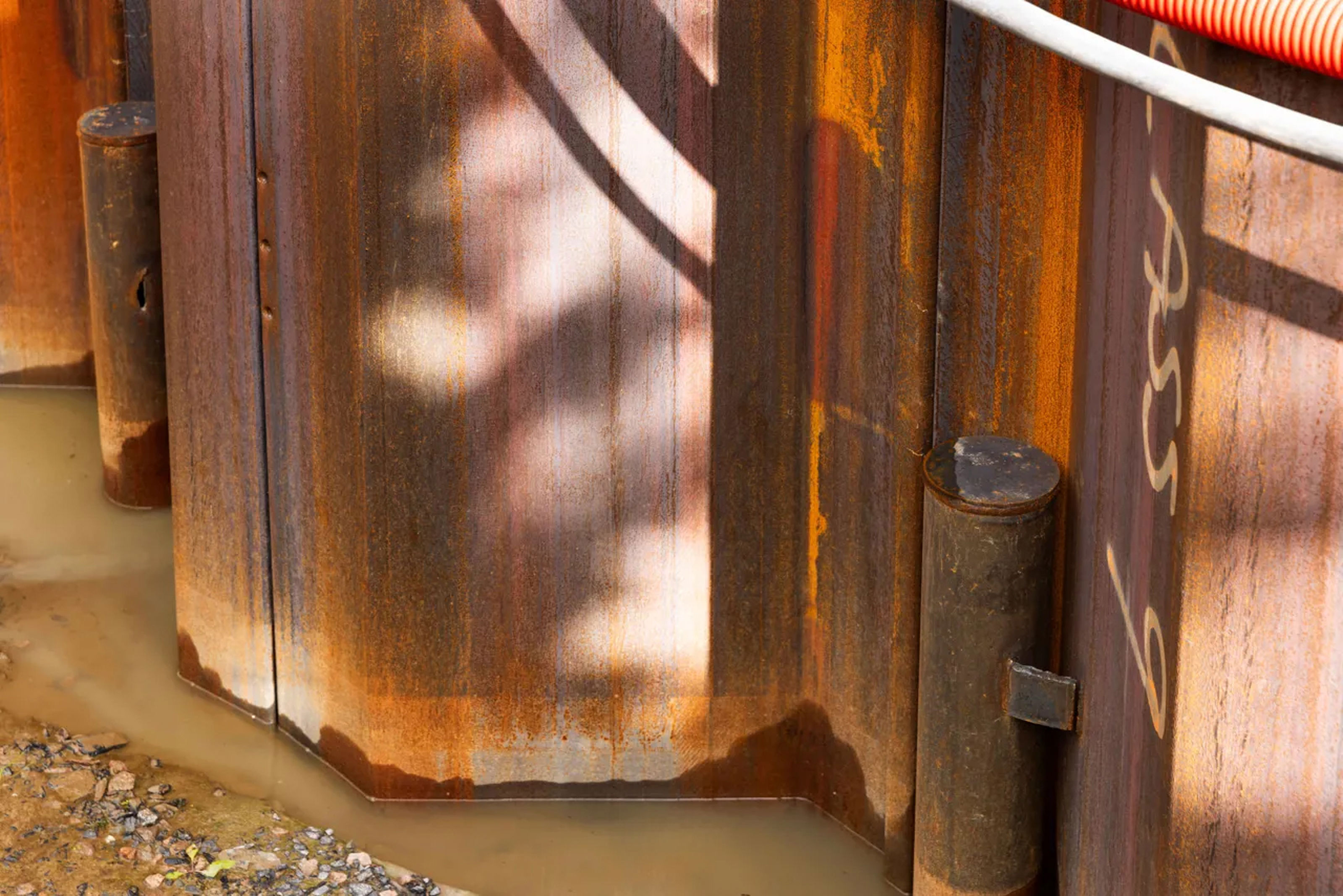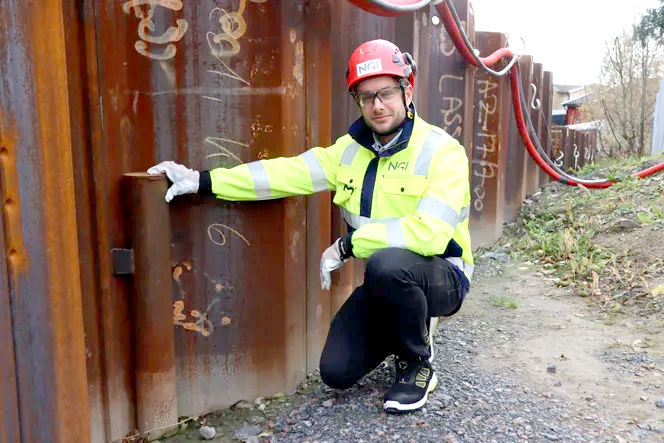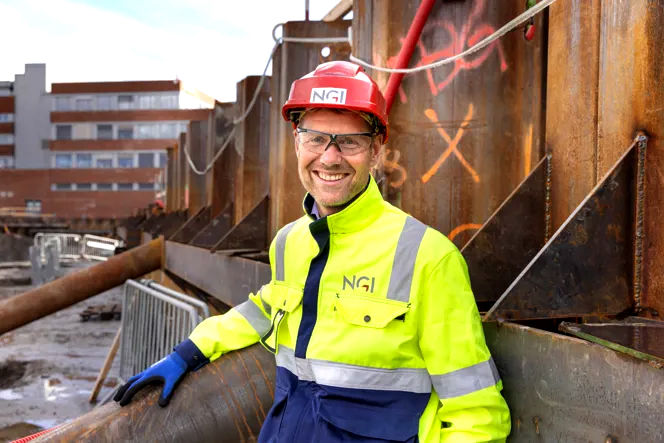Campus Ullevaal: A beacon for sustainable building practice
In the construction of its own head office, the Norwegian Geotechnical Institute (NGI) is testing the use of sheet piling as an energy storage – a pioneering initiative to reduce the construction industry's climate footprint.

Energy sheet pile wall involves using the traditional sheet pile wall, used to stabilize construction pits, as a thermal energy storage ( NGI)
The construction industry is under great pressure to find innovative solutions to reduce energy consumption and environmental impact. In the construction of the research node Campus Ullevaal, NGI (Norwegian Geotechnical Institute) is taking sustainable project development to new heights by testing the innovative concept of an "energy sheet pile wall".
The Energy sheet pile wall uses the traditional sheet pile wall to stabilize construction pits as a thermal energy storage.
- In general, there is a high focus on sustainability in the construction and building process of large office buildings. Still, there has been relatively little focus on sustainability in the foundations. This project is the first in Norway to plan the use of energy sheet pile walls. The aim is to set the standard for future construction projects in the country, says Sondre Gjengedal, project advisor in environmental and engineering technology at NGI.

This project is the first in Norway to plan the use of energy sheet pile wall, says Sondre Gjengedal ( NGI)
Great potential
Campus Ullevaal is owned in partnership by Aspelin Ramm and NGI and will be the latter's new head office. NGI has the role of consulting geotechnical engineer for the building project and is responsible for the design of ground excavation and foundations in its own construction project.
The site for Campus Ullevaal is located in an area with soil masses to great depth. When the building process is finished, the sheet piles will have a new task as thermal storage, which exchanges thermal energy with the soil masses around the building. This makes it possible for the building to recover the excess energy at a later time.
- The energy sheet pile wall will be used to cool the building in the summer and heat the building on cold winter days. This will help to reduce power peaks in the energy system, says Sondre Gjengedal in NGI.
The Campus Ullevaal project estimates that the energy sheet pile wall will generate 150–250 MWh of energy output for both heating and cooling per year and expects a thermal output of 25–75 kW.
The solution only covers parts of the building's energy needs but will help in particular to reduce the load on the power grid or the district heating grid during periods of high-power demand.
Sustainability in practice
Many building projects in Norway use sheet piles, which are often left in the ground after the building is finished. The energy sheet pile wall means that you use the sheet piles for something useful.
- The goal is to be a model for future construction projects in Norway, and to show how the construction industry can be an active participant in the transition to a more sustainable future, says Lars Andresen, CEO of NGI.
- Campus Ullevaal sets an inspiring standard for how buildings can be both functional and environmentally friendly. The energy sheet pile wall is not just a theoretical idea. Campus Ullevaal implements sustainability in a practical context.

- The goal is to be a model for future construction projects in Norway, and to show how the construction industry can be an active participant in the transition to a more sustainable future, says Lars Andresen, CEO of NGI ( NGI)

Sondre Gjengedal
Senior Engineer Environment and Rock Engineering sondre.gjengedal@ngi.no+47 97191567